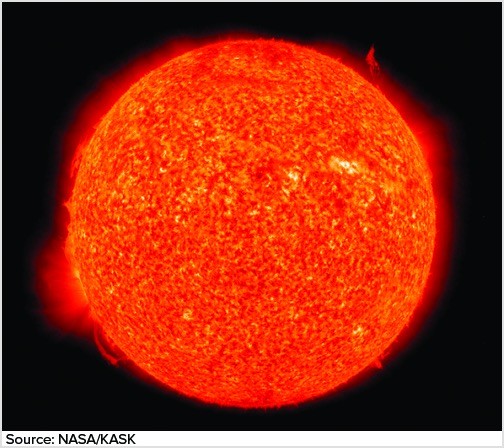Answer the following statement(s) true (T) or false (F)
1. In Climate and Civilization, Ellsworth Huntington
concluded that difficult climates produce people with the
greatest strength of will, the least idleness, and the
highest intelligence needed to survive harsh and extreme
conditions.
2. Latour and Freudenberg argue that we should
conceptualize the social and environmental as distinctly
separate categories or ideas.
3. Marx believed that Darwin’s theory of natural selection
was used by elites to suppress the working class.
4. Government agencies in the U.S. correctly displayed the
depletion of ozone in the atmosphere as a “hole” to urge
action to decrease the release of CFC’s.
1. False
2. False
3. True
4. False
You might also like to view...
Why do you typically find bigger rocks along the banks of a fast-moving stream and smaller rocks and pebbles beside a slower-moving stream?
A) As a stream slows, it deposits its smaller sediments first. B) As a stream slows, it deposits its larger sediments first. C) Fast-moving streams carry only large sediments. D) Slow-moving streams carry only dissolved sediments.
Sedimentary rock formed by inorganic precipitation from evaporating water (for example, rock
salt and rock gypsum): a. evaporite d. coal b. extrusive e. pyroclastic c. lava
Which of the following is NOT TRUE regarding urbanization?
A) Cities in the developing world are growing slower than those in Europe, Japan, and North America. B) The majority of humanity lives in urban areas (more than 50% of the world population is urban). C) In the industrialized West, urbanization occurred along with industrialization. D) The proportion of each country's people that lives in cities varies around the globe. E) Urbanization in less developed countries is primarily due to rural-to-urban migration.
What will likely happen to this object in the future?
A. It will continue to evolve with its stars going through their evolution. B. The ejected material could be disbursed, with the material remaining in proximity to it. C. It could evolve into a more structured galaxy. D. It will continue to consume its hydrogen through nuclear fusion and will emit electromagnetic radiation.